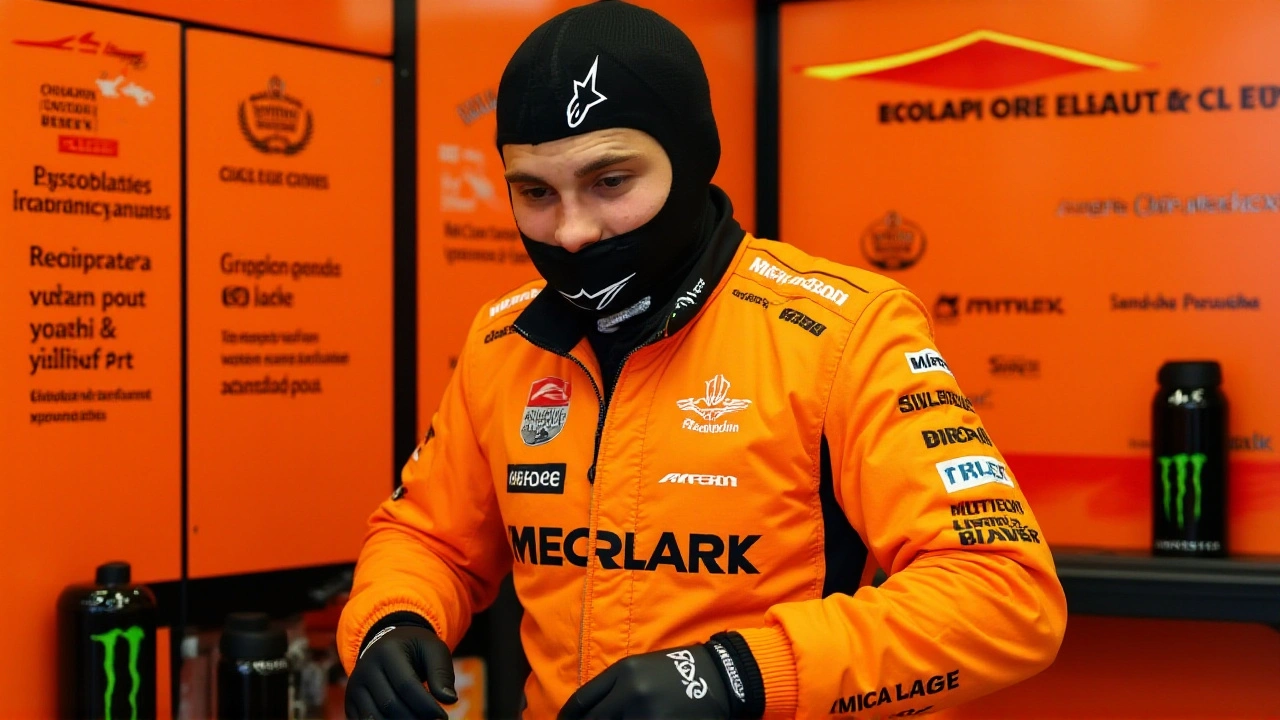
F1 Tags 2025 Singapore GP as Heat Hazard, Mandates Cooling Vests
FIA labels the 2025 Singapore Grand Prix a heat hazard, mandating driver cooling systems after Qatar’s heat‑related incidents, aiming to safeguard racers in extreme conditions.
When talking about Heat Hazard, the risk posed by extreme temperatures that can cause injury, equipment failure, or fire. Also known as thermal danger, it matters in everything from a kitchen to a steel mill. Occupational Safety, the set of policies and practices that protect workers is a core arena where heat hazards surface, because high heat can lead to heat stress, burns, and reduced alertness. Climate Change, long‑term shifts in global temperature patterns amplifies these threats by pushing average temperatures higher and increasing the frequency of heatwaves. In turn, Fire Risk, the probability that a fire will start or spread climbs when dry, hot conditions weaken fire‑resistant materials and dry out vegetation. Finally, Heat Stress, the body's response to excessive heat, ranging from dehydration to heatstroke directly links temperature spikes to human health outcomes. The relationship can be summed up in a few simple triples: Heat Hazard ↔ encompasses ↔ temperature extremes; Heat Hazard ↔ requires ↔ continuous monitoring; Climate Change ↔ influences ↔ Heat Hazard. Understanding these links helps you see why a single temperature reading isn’t enough – you need context, mitigation, and response plans.
Construction sites, manufacturing plants, and outdoor agricultural fields are hot spots for heat hazards because workers often wear heavy gear, operate near furnaces, or labor under direct sun. In a factory, a sudden rise in the heat index can trigger equipment overheating, leading to costly downtime or even explosions. Urban areas face a compounded problem: the “urban heat island” effect raises street‑level temperatures, which raises the likelihood of heat‑related illnesses among pedestrians and commuters. To manage these realities, organizations lean on risk assessment tools that evaluate exposure time, ambient temperature, humidity, and ventilation. Personal Protective Equipment (PPE) like cooling vests and breathable fabrics become essential, while weather forecasting services provide short‑term alerts that let supervisors adjust shift schedules. Health‑focused measures such as regular hydration breaks, acclimatization programs, and on‑site medical monitoring cut the odds of heat‑induced collapse. Meanwhile, fire‑safety teams install thermal imaging cameras to spot hot spots before they ignite, and ISO 45001 standards guide companies in embedding heat‑hazard controls into their overall safety management systems.
Beyond the workplace, public agencies and communities also play a role. The National Weather Service issues heat advisories that trigger cooling‑center openings, while local governments may enforce building‑code requirements for fire‑resistant materials in high‑temperature zones. Education campaigns raise awareness about the signs of heatstroke, urging people to look out for dizziness, rapid pulse, or confusion. Technology helps too: mobile apps now push real‑time temperature alerts, and smart‑thermostat systems can automatically lower indoor heat exposure during peak periods. All these pieces—monitoring, protective gear, policy, and public outreach—form a layered defense against heat hazards. Below you’ll find a curated collection of stories, analyses, and updates that illustrate how these concepts play out in real‑world scenarios, from soaring LPG prices that strain households in hot climates to sports events where athletes battle the heat on the field.

FIA labels the 2025 Singapore Grand Prix a heat hazard, mandating driver cooling systems after Qatar’s heat‑related incidents, aiming to safeguard racers in extreme conditions.